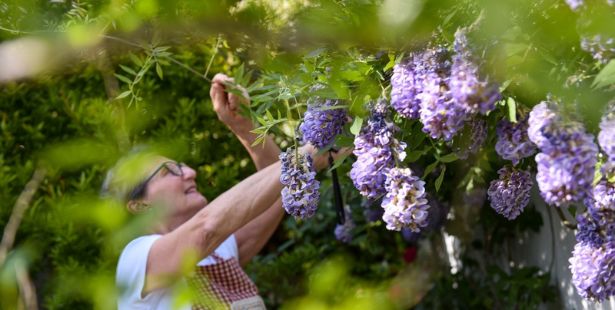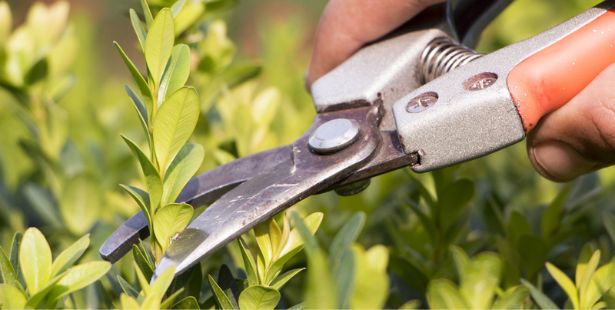In summer, some plants need to be pruned, especially in times of drought when high temperatures and lack of water strain their resources. Pruning them then gives these plants, flowers and hedges a welcome second youth to allow them to get through the summer season in style. Summary of the plants that should not be forgotten to prune this summer, to prevent drought from being fatal to them.
Pruning, whether severe or moderate, allows you to restore vigor to garden plants. While pruning plants is generally done at the end of summer or in spring, a fresh look is beneficial for them in summer, when they are damaged by drought and extreme temperatures. This is particularly the case for certain shrubs, flowers, climbing plants and hedges.
Which plants should be pruned in summer?
Flowers and flowering shrubs to prune in summer
On the flower side, several subjects can be cut in summer to start again more beautifully. Here are some examples:
- lavenderswhich is pruned between July and September;
- oftena flowering shrub that needs to be pruned in summer approximately every 3 years, when the plant is mature;
- geraniumswhich should be pruned a first time in June, then a second time in August;
- the virginwhich is pruned in summer at the end of its flowering;
- the forsythiawhose old, damaged branches and stems must be removed at the beginning of summer and throughout the season;
- bellflowerswhich is pruned from July to September;
- small-leaved sagethe stems of which must be shortened by around fifteen centimeters before autumn.
Also read: Lavender: tips for beautiful flowering!
Aromatics and vegetables to prune in the vegetable garden
In the vegetable garden, aromatic plants see their size give them back vitality! For boosted growth, think about cutting mint, chives, basil… Remove all dried parts of the herbs from the outset, so that you can enjoy them all summer long. As for vegetables, remember to prune:
- artichokeswhose flower stems need to be cut back to the ground if they no longer have buds;
- the eggplantstaking care to remove the shoots that form on the main stems of the subjects.
Also read: Basil: tips to make it last and prevent it from rotting
Caring for climbing plants
What about climbing plants? Should they be pruned in the summer? Yes! Some varieties require several prunings per year, especially during the summer, which will allow them to withstand the heat more easily. These include:
- Virginia creeperwhich due to its rapid development can even be pruned several times in summer;
- la glycinea climbing plant whose rapid growth may require pruning from July;
- Ivywhich can be shortened several times a year, especially in times of drought when some of its stems may dry out.

Also read: Which climbing plants should you choose for flowers all year round?
Which hedges should be trimmed during the summer?
Although it is recommended to avoid trimming hedges in spring and summer, to allow birds to find shelter there, some hedges that are likely to be invasive do however require light trimming:
- privetswhich should be pruned at the end of summer and in winter;
- boxwoodwhich can be cut several times between mid-spring and late summer;
- conifersthe first pruning of which takes place around April and the second in August.

Also read: Help the birds by planting a shrub hedge
How to properly prune your plants in summer?
In summer, we prefer a more moderate size.because if you cut too much, the plants could start growing again too slowly. In addition, summer is a season that is conducive to the development of diseases and infections. A shrub that has been cut too short and has caused open wounds could have difficulty healing.
Pruning plants during the summer period mainly involves remove dead wood and other parts dried upas well as the faded flowers. The goal: to eliminate all damaged elements, which are therefore no longer useful to the plant, but nevertheless draw on its resources. Faced with periods of drought, this type of pruning allows plants to concentrate on their living parts.
Article updated
consoGlobe also recommends…
Source: www.consoglobe.com


